This post may contain affiliate links which means I will get a commission if you make a purchase at no additional cost to you. As an Amazon Associate I earn from qualifying purchases. Please read my disclosure for details.
In the intricate dance between nature and our plates, few creatures play a more vital role than bees. Their silent labor pollinates one out of every three bites we consume, weaving a thread between wild ecosystems and cultivated fields.
Yet, many everyday foods, despite their popularity, come with hidden costs that ripple through bee populations and their fragile habitats.
Conventional Almonds
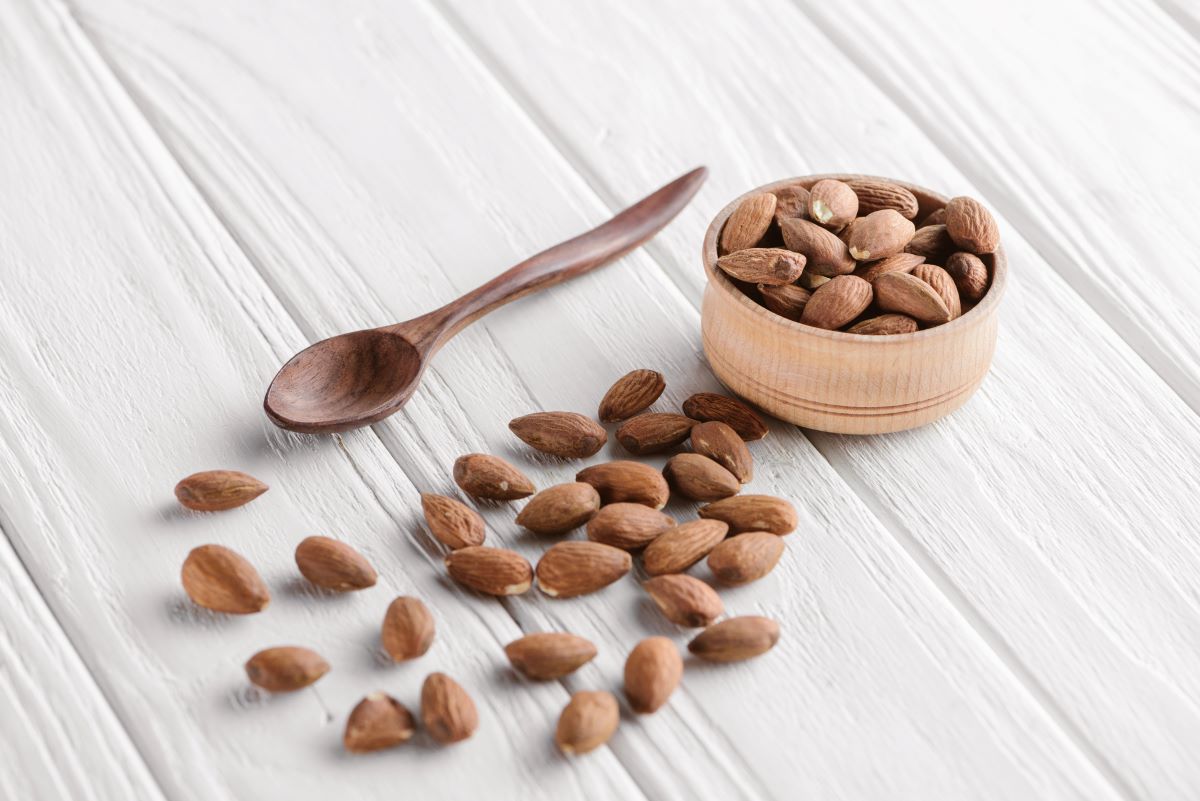
WANT TO SAVE THIS RECIPE?
Though almonds depend on bee pollination, the intensive monoculture farming and heavy pesticide use surrounding conventional almond orchards severely strain bee health.
Apples from Industrial Farms
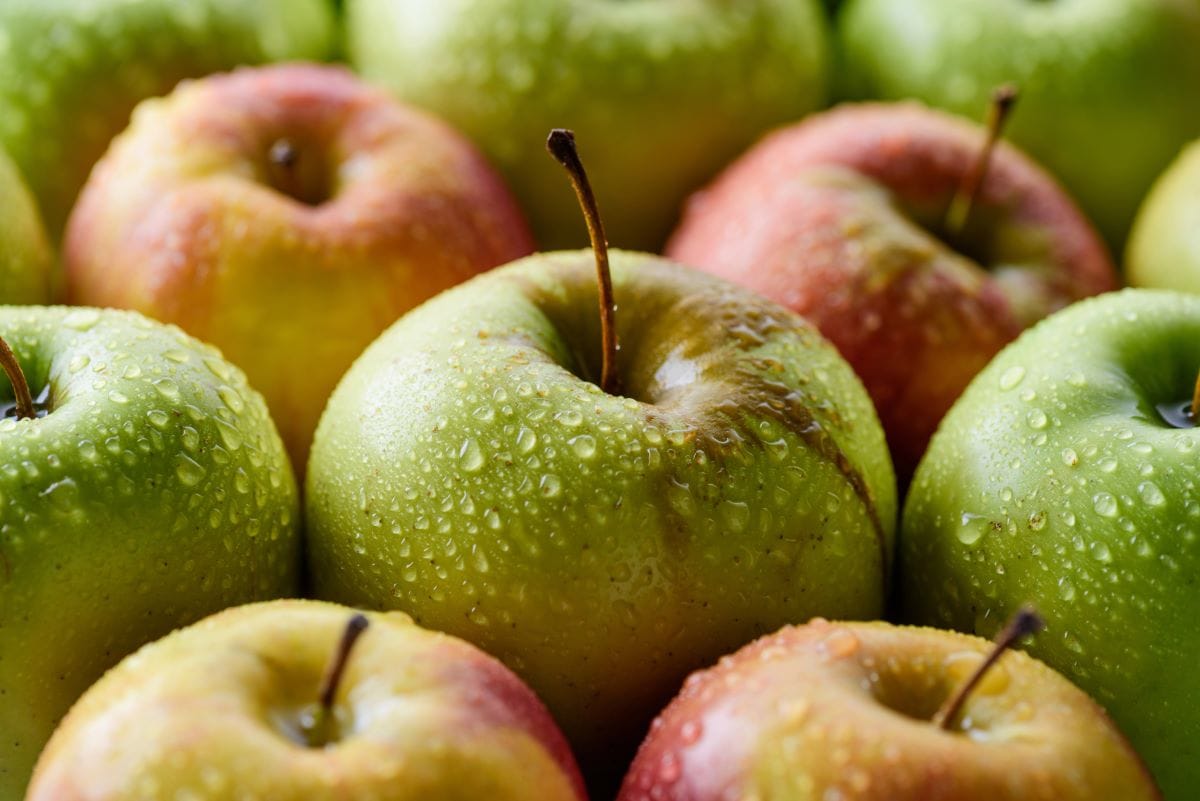
Large-scale apple production often relies on managed bees transported over long distances, exposing them to stress and pesticides. Opt for heirloom or organic apples from local orchards that prioritize integrated pest management and create bee-friendly habitats.
Blueberries from Conventional Sources
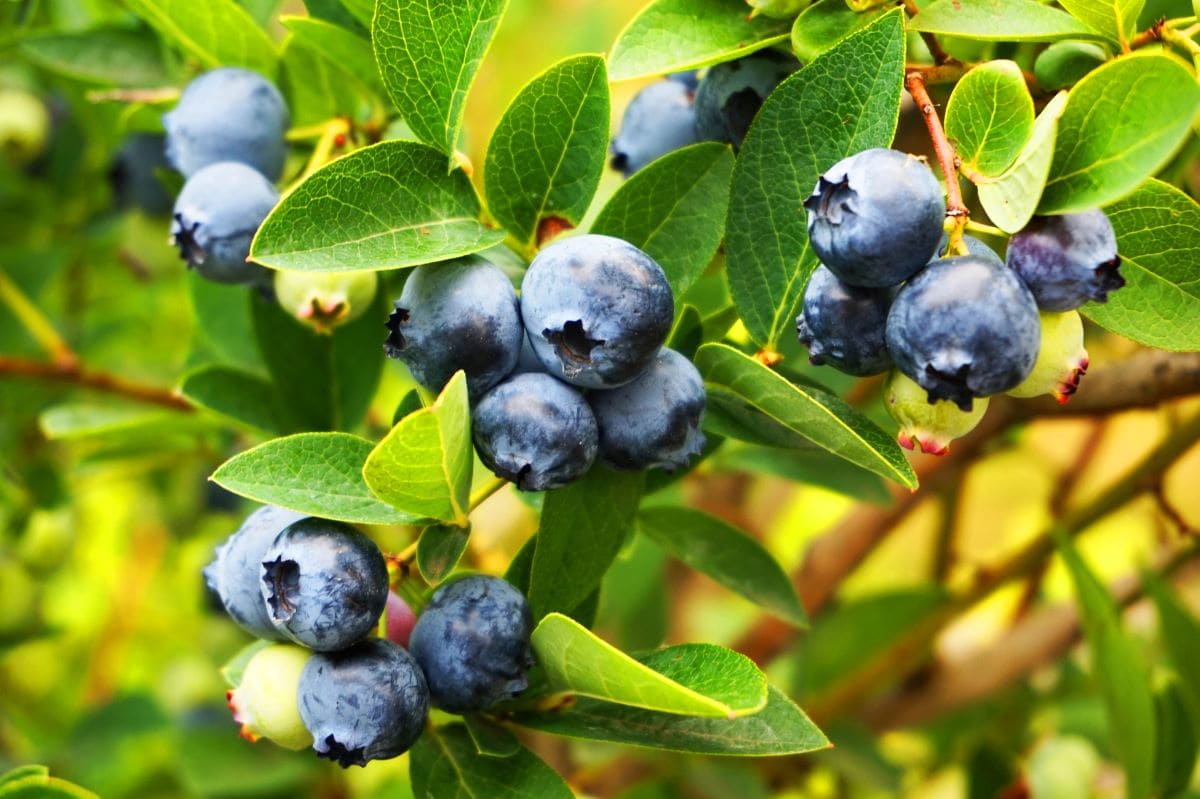
Conventional blueberry farming can involve pesticides harmful to native and managed bees alike. Supporting organic or wild blueberries helps reduce chemical exposure and encourages more natural pollination dynamics.
Strawberries Grown with Synthetic Chemicals
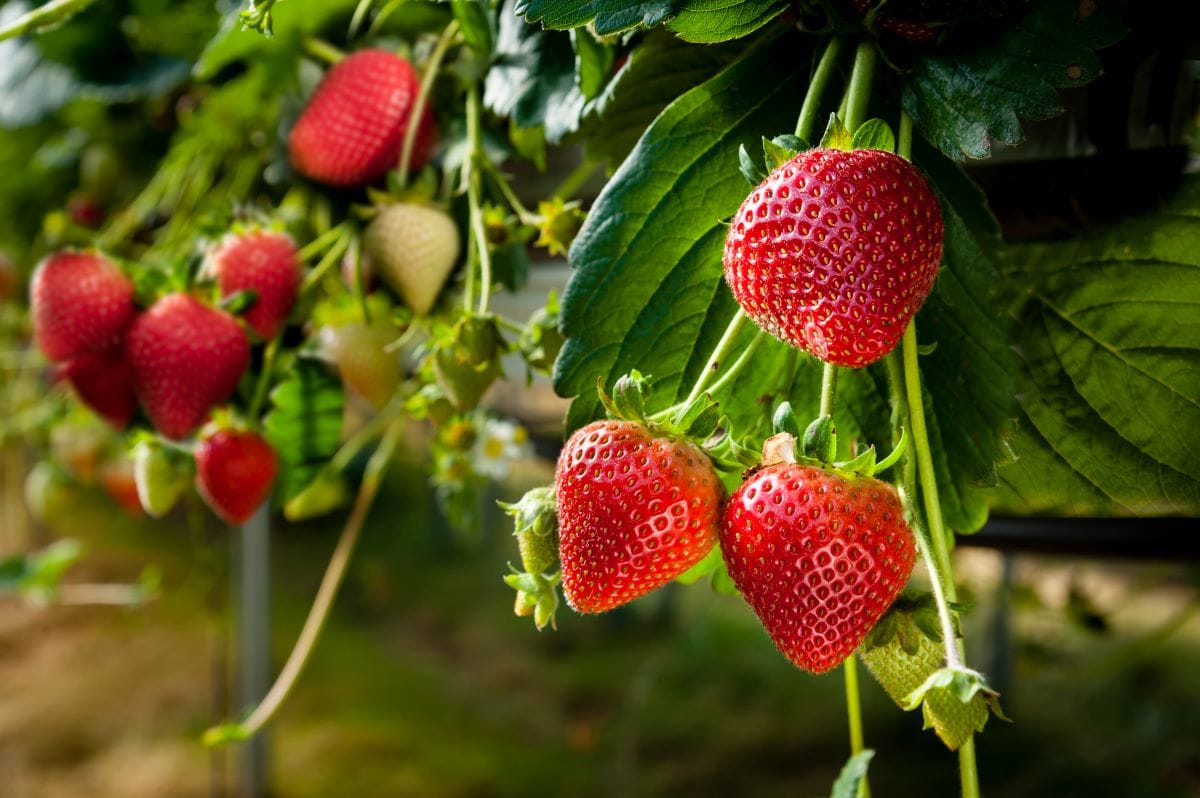
The widespread use of fungicides and insecticides in commercial strawberry fields damages bee colonies and impairs their foraging. Buying organic strawberries or those from small farms that avoid synthetic chemicals benefits both bees and consumers.
Coffee from Unsustainable Plantations
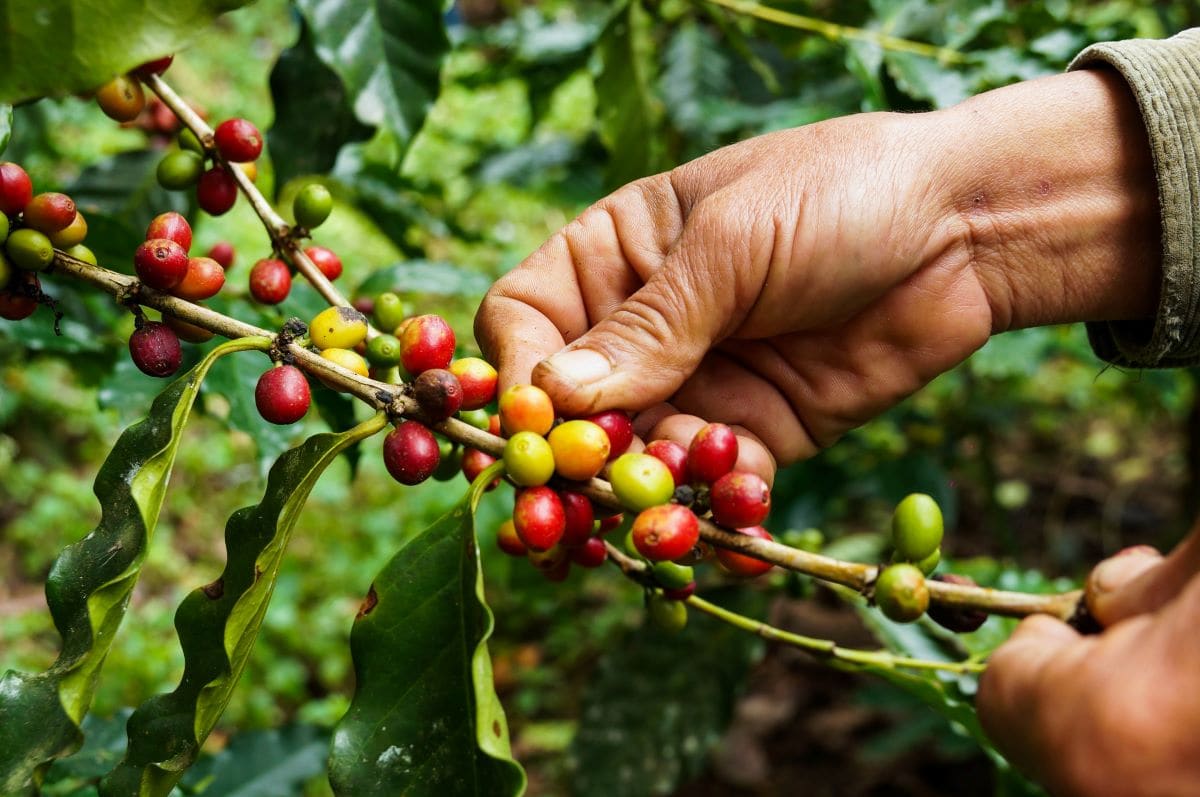
Coffee is a bee-pollinated crop, but many plantations clear forests and rely on monoculture, offering poor habitat. Fair trade, shade-grown, and organic coffees help preserve pollinator-friendly ecosystems and support sustainable livelihoods.
Conventional Tomatoes
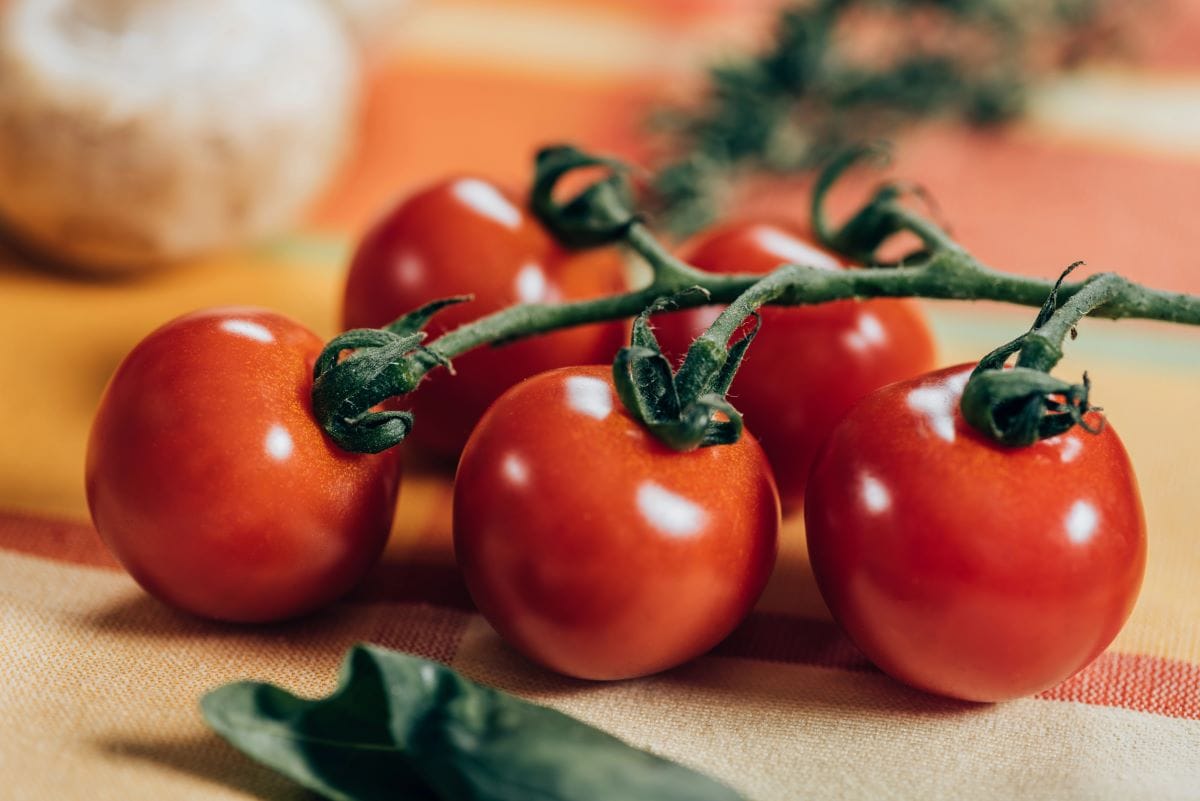
Tomatoes may not require bees for pollination in many cases, but conventional farming practices often involve pesticides that contaminate nearby bee populations. Choosing organic or locally grown tomatoes reduces chemical use and promotes healthier environments.
Related Post: 10 Most Controversial Food Show Moments That Divided Fans
Conventional Watermelon
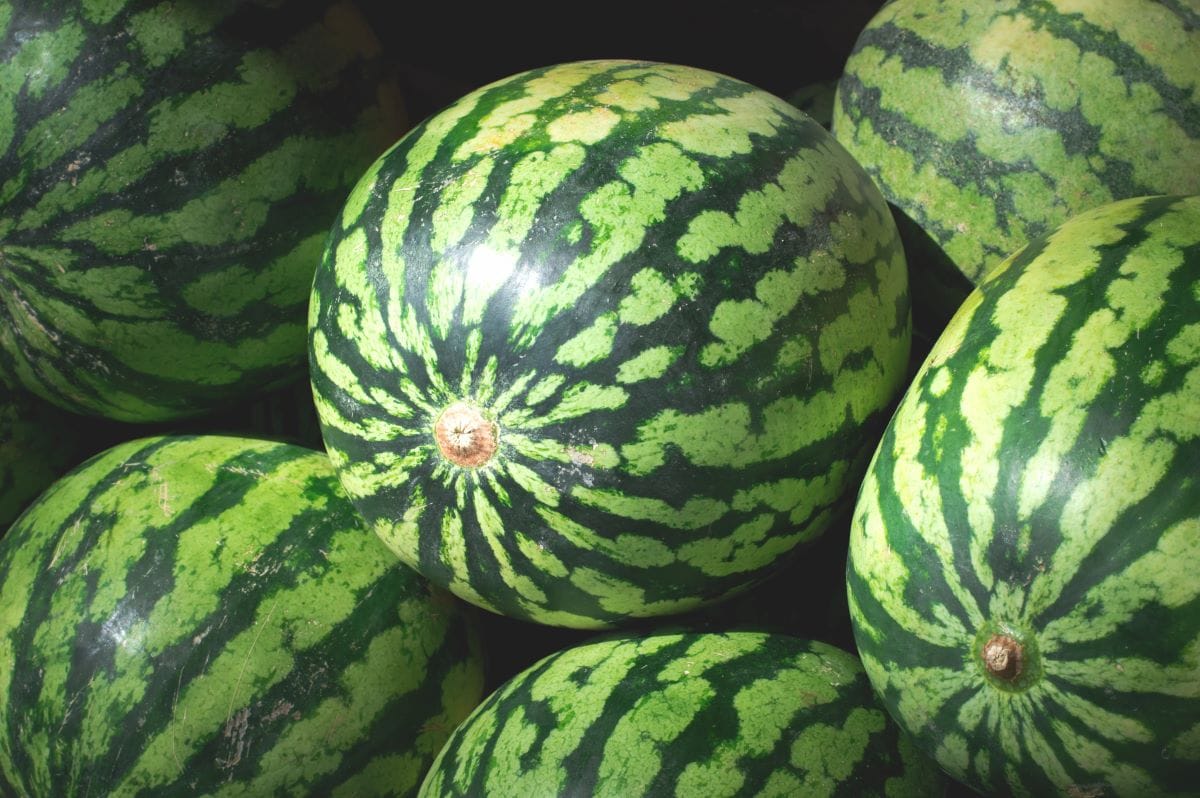
Watermelon fields treated with systemic pesticides and neonicotinoids endanger pollinators. Support organic watermelon growers or local farmers who prioritize pollinator safety and biodiversity.
Related Post: 25 Side Dishes for Ribs You Can Totally Make (Even if You’re Clueless in the Kitchen)
Conventional Peppers
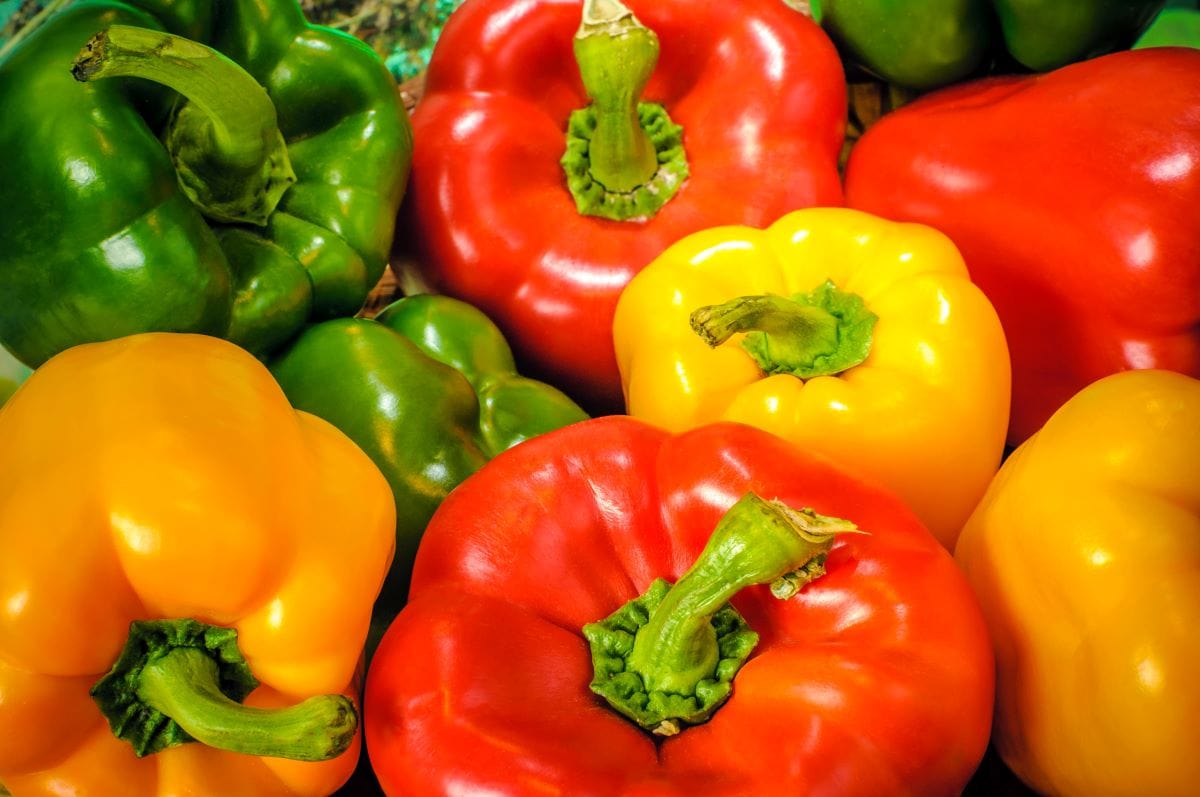
Peppers grown under chemical-intensive conditions contribute to pollinator decline. Seek out organic or community supported agriculture options where chemical use is minimized and bee habitats are respected.
Related Post: 25 Side Dishes with Salmon to Try (Even If You Barely Know How to Cook)
Conventional Melons
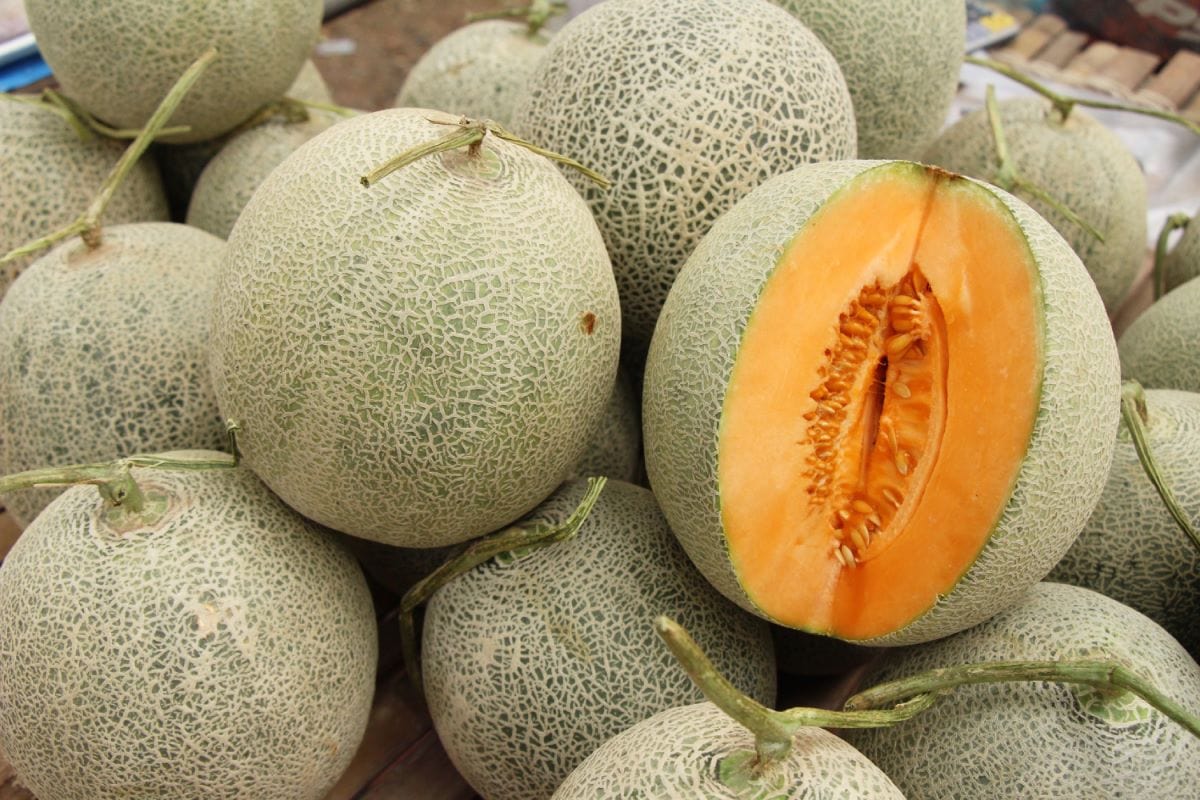
Similar to watermelons, melon farming with pesticide reliance creates risks for bees. Organic and heirloom melon varieties from trusted growers are safer choices that support pollinators.
Related Post: 25 Snackle Box Ideas to Make Your Friends Totally Jealous
Conventional Cucumbers
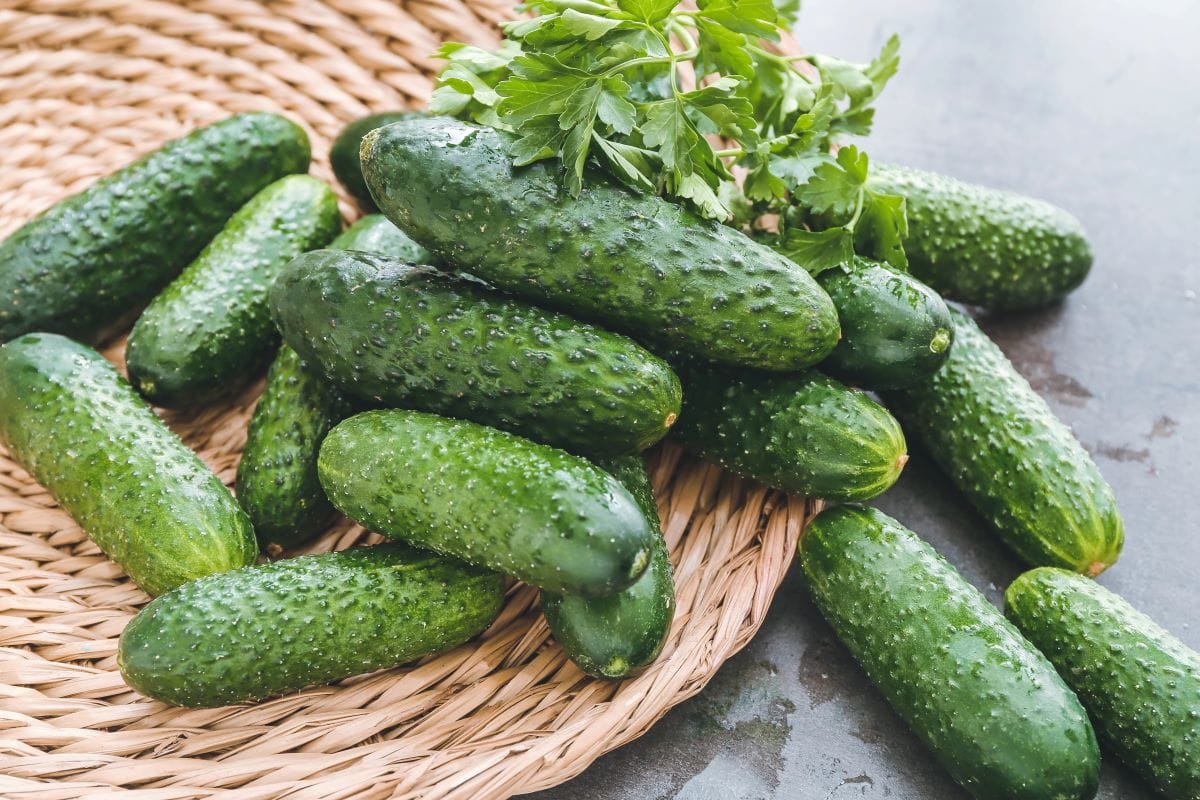
Cucumber fields often involve pesticides toxic to bees. Organic cucumbers or those sourced from sustainable farms offer better protection for pollinators and quality produce for you.
Related Post: 12 Minnesota Grocery Stores Where Discounts Go Wild
Conventional Cherries

Cherries depend on bees for fruit set, but pesticide-laden orchards put pollinators at risk. Supporting organic cherry farms or local growers with bee-friendly practices fosters healthier hives and tastier fruit.
Related Post: 25 Pizza Ideas That Prove You Can Never Have Too Much Cheese
Sign up now to receive our exclusive e-cookbook filled with top-rated recipes for FREE!
Conventional Avocados
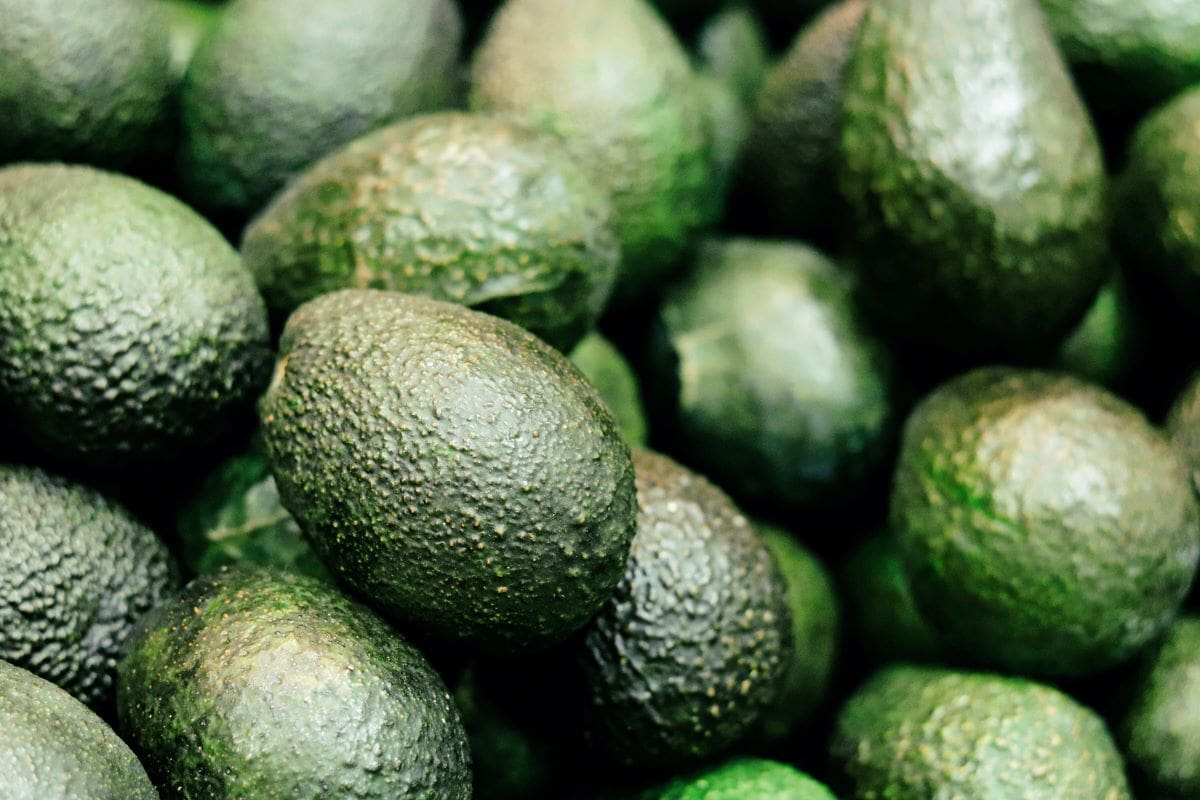
Avocado farming is water intensive and frequently involves chemical sprays harmful to bees. Opt for organic avocados or those from farms employing sustainable, pollinator-conscious practices to reduce impact.
Related Post: 12 Fast Food Chains That Started In Florida And You Probably Didn’t Know It
What we place on our tables reverberates far beyond our own tastes. Every day foods grown under heavy chemical regimes often come at the expense of the very pollinators that make them possible. Yet, each choice we make is a chance to tip the balance toward renewal and respect. By shifting toward organic, local, and sustainably farmed alternatives, we nourish not only ourselves but the fragile, buzzing world beneath the blossoms.
Disclaimer: This list is solely the author’s opinion based on research and publicly available information.
9 Foods You Should Never Bring Hiking In These States And What To Pack Instead

Packing the wrong snacks for a hike can turn a scenic adventure into a sticky, spoiled mess. Different climates and trails across the U.S. require different food strategies that balance safety, freshness, and energy.
Locals who hike year-round know what works and what melts, leaks, or attracts more wildlife than needed. Here are nine foods hikers avoid in specific states and what they pack instead to keep their treks worry-free.
Read it here: 9 Foods You Should Never Bring Hiking In These States And What To Pack Instead
How to Save $100+ Every Month at the Grocery Store

From planning your meals to avoiding sneaky upcharges in the snack aisle, here’s a realistic guide to trimming your food budget without adding stress to your week.
Read it here: Things Moms Waste Money On (and Don’t Even Know It)
Is Walmart+ Still Worth It in 2025? The Truth After 3 Years

Is the new Walmart Plus worth the annual fee or is it just another failed version of Amazon Prime? I spent my own money trying this service out for 12 months and counting. I have a lot to say about the benefits and drawbacks in this Walmart+ honest review.
Read it here: Is Walmart+ Worth It? Honest Review 3 Years Later!
You’ll love these related posts:
- 12 Neighborhood Markets In Colorado That Tourists Always Miss
- 12 Spring Hike Friendly Recipes Americans Are Sharing That Actually Taste Amazing
- 25 Meal Planning Ideas to Make You Feel Like a Kitchen Wizard
- 13 Wildest Food Challenges You Won’t Believe People Actually Tried
- 25 Menu Ideas That Will Level Up Your Meals
